Dasan Chodang (Historic Site Related to Jeong Yak-yong) (다산초당 (다산 정약용 유적지))
0m 20200 2023-06-19
68-35, Dasanchodang-gil, Gangjin-gun, Jeollanam-do
+82-61-430-3911
Dasan Chodang is the house where Jeong Yak-yong (pen-name Dasan, 1762-1836) lived during his exile. He was a scholar of the late Joseon dynasty and is noted for his great contributions to the development of practical learning in Korea. After he was expelled to Ganjin for writing a secret letter of appeal for religious freedom, which later was named ‘the Hwang Sa-yeong Baekseo’, he lived in the house for 18 years while studying practical learning (‘Silhak’ in Korean). Most of his famous books were written in Dasan Chodang. While walking along a road near Dasan Chodang, you can see the Cheonilgak pavilion, which offers a great view of beautiful Gangjin Bay. Not far from Dasan Chodang is the Dasan Museum, where visitors can learn about the life of Dasan.
Da hyang so ckuk [Korea Quality] / 다향소축 [한국관광 품질인증]
239.80462616788975m 11358 2020-09-10
7-5, Dasanchodang 1-gil Doam-myeon, Gangjin-gun, Jeollanam-do
+82-10-3616-0360
'Dahyang Sochuk is a traditional Korean guesthouse with 70 years history located near the entrance to Dasan Chodang (Dasan Jeong Yakyong Historical Site) in Gangjin-gun, Jeollanam-do. The guesthouse is like a folk museum where guests get to see the items that Korean ancestors actually used. One of the advantages of staying at Dahyang Sochuk is that you can have all the green tea you want because there are wild green tea plants growing around the building. The areas around the guesthouses are decorated with unique bonsai trees and flowers all seasons for the guests to enjoy. All the rooms are coated with red clay and furnished with naturally dyed linens, both of which are healthy for the body while very smooth to the touch and aromatic. Right before winter, an array of potted chrysanthemums is placed along the entranceway, making you forget the cold weather for a moment. All in all, it’s a great place to stay and relax amid nature.
Gangjin Baengnyeonsa Temple (백련사 (강진))
982.6016186717027m 10393 2020-04-04
145, Baengnyeonsa-gil, Gangjin-gun, Jeollanam-do
+82-61-432-0837
The original name of Baengnyeonsa Temple was Mandeoksa Temple, said to have been built by Preceptor Muyeom during the reign of Silla King Munseong. Later, Preceptor Wonmyo rebuilt it in the old site during the reign of King Huijong (7th year) during the Goryeo period. He gained fame as Baengnyeongyeolsa so the temple began to be called Baengnyeonsa Temple. Baengnyeongyeolsa has produced eight preceptors of Goryeo and flourished throughout 120 years. In addition, the area is famous as the place where Dasan Jeong Yak-yong and Master Hyejang connected and developed companionship regardless of religious and age differences during Jeong was exiled to Gangjin.
The temple’s most popular attraction is Forest of Common Camellias, designated as Natural Monument No. 151. The Camellia trees, skirting the road to the temple, make up a forest covering the area of 9,917 ㎡ over the ruined Haenghotoseong Earthen Fortification next to a memorial stone. In the forest, four stupas of Goryeo and Joseon Era are scattered like hide-and-seek. The forest features a tranquil ambience all year long even in daytime, thanks to the thick, green leaves. From November, the camellia flowers are in full bloom and the forest becomes red, beautiful enough to inspire visitors. After passing the forest on the way to Dasan Chodang, visitors can glimpse a colony of tea fields and wild tea produced by Baengnyeonsa Temple. The mountain where Baengnyeonsa Temple is situated has had wild tea fields grown from Goryeo Era so that it was called "Dasan." For this reason, Jeong Yak-yong’s pen name is "Dasan" which holds the valuable meaning of his banishment here.
Gangjinman Bay (강진만)
2.8 Km 26045 2020-03-27
Beoljeong-ri, Gangjin-gun, Jeollanam-do
+82-61-430-3114
Gangjin has many scenic landscapes with Wolchulsan Mountain to the north and the sea of Gugangpo dotted with numerous islets and wetlands to the south. It is also home to beautiful mountains, rivers, and plains that add to its scenic beauty and natural features. The Baengnyeonsa Temple and Dasan Chodang to the west of Gangjinman Bay, and the reeds along the coastline are a beautiful sight to behold. Also, the National Highway No. 23 that runs along the eastern border of the Gangjinman Bay, past the town of Gangjin-eup to Maryang, is famous for its many spectacular sights. Above all, it is highly recommended to hike up the Cheonilgak Pavilion in front of the Dasan Chodong Dongam (east hermitage) for a panoramic view of Gugangpo’s coastal waters. The hiking trail that traverses Mandeoksan Mountain leads to Baengnyeonsa, which is a temple with breathtaking ocean view.
Seongmunjeong (석문정)
3.1 Km 4592 2024-02-16
2059-7 Baekdo-ro, Doam-myeon, Gangjin-gun, Jeollanam-do
Seongmunjeong is renowned for its hoechuntang (chicken and seafood soup with medicinal herbs). In Gangjin, where meat and seafood are plentiful, hoechuntang emerged as a traditional dish, embodying the region's abundance. This wholesome soup, which combines medicinal herbs, octopus, abalone, and chicken without the addition of salt, is a testament to the area's culinary heritage. Its name, "return-to-spring soup," reflects the soup's reputed health benefits, believed to rejuvenate the diner and restore the vitality of one's youth.
Gangjin Ziptrek (강진 짚트랙)
5.9 Km 2 2024-01-11
49-9 Gaudo-gil, Doam-myeon, Gangjin-gun, Jeollanam-do
This exciting activity can be enjoyed at the 25-meter high celadon tower located in the center of Gaudo Island. Gaudo Ziptrek is approximately 1 kilometer long and boasts the longest one in Korea as a maritime experience facility. After wearing safety equipment on the tower's first floor, visitors can ride the Ziptrek at the top of the sixth floor. The ziptrek offers an exhilarating downhill slide that feels like flying in the sky with magnificent scenery that unfolds down below. The slide ends at the entrance to the suspension bridge.
Gaudo Suspension Bridge (가우도 출렁다리)
6.0 Km 1825 2024-01-11
San 7-1 Singi-ri, Doam-myeon, Gangjin-gun, Jeollanam-do
Gaudo Island, the only inhabited island among Gangjin's eight islands, is connected to the mainland by a suspension bridge. The suspension bridges installed on both sides of the island have emerged as Gangjin's famous destination, attracting hundreds of thousands of visitors every year. While crossing the dizzying suspension bridge, one can see the wonderful seascape that changes in brightness depending on the waves. The footbridges, Jeodu Suspension Bridge (438 m) or Dasan Bridge (716 m), can be used to entrance Gaudo Island, and there is also a clean trail along the coastline. It takes about one to one and a half hours to walk across both bridges, making it a great place to enjoy a walk.
Gaudo Island (가우도)
6.1 Km 11488 2022-07-28
473, Wolgot-ro, Gangjin-gun, Jeollanam-do
+82-61-430-3114
Gaudo Island is the only populated island of the eight islands in Gangjinman Bay. It used to be part of Daegu-myeon until 1789 but later changed to Boam-myeon and is currently part of Doam-myeon since 1914 due to reorganization of administration. The name comes from its appearance in relation to Boeunsan Mountain in Ganjin-eup, which looks like a cow’s head. The whole island resembles a cow’s meonge (curved stick around cow’s neck used to drag farming tool) so the island became to be called Gaudo Island (Ga: Meonge in Chinese characters).
From Gaudo Island, Gangjinman Bay and uninhabited island can be seen in all directions. The coastal scenery is stunning and varied natural tourism resources grow here such as the silver magnolia, cypress colony, and Japanese black pines. Visitors can walk to the island from the mainland via a suspension bridge. When arriving to the island, a 2.5km long ecological exploring road along the mountain and coast is available. Also, fishing park which has various kinds of fishes is located in the spot where visitors can overlook at beautiful scenery of Gangjinman Bay. At the top of the island, visitors can enjoy a zip track which is an eco-friendly leisure facility, starting from Cheongja Tower (25m high).
Haetae Sikdang (해태식당)
6.9 Km 0 2024-02-16
6 Seoseongan-gil, Gangjin-eup, Gangjin-gun, Jeollanam-do
Haetae Sikdang specializes in Namdo-style hanjeongsik (Korean table d'hote), with the Haetae jeongsik (Haetae set menu) being the sole offering on its menu. This nutritious array of dishes is prepared using ingredients sourced from the rich natural environment of Gangjin. The selection of food varies seasonally, featuring Gangjin daehap (hard clams) in spring, minmul jangeo (freshwater eel) in summer, jeoneo (gizzard shad) and odori (raw shrimp) in autumn, and maesaengiguk (seaweed fulvescens soup) in winter, ensuring a diverse and fresh dining experience throughout the year.
Gangjin Night Dream (강진 나이트 드림)
7.0 Km 126 2020-07-09
5, Boeun-ro 4-gil, Gangjin-gun, Jeollanam-do
+82-61-434-6999
Gangjin Night Dream is a tourism content developed to provide night tours in Gangjin. From walking tours to busking performances, flying wish lanterns, and more, visitors can experience various activities all in one package.
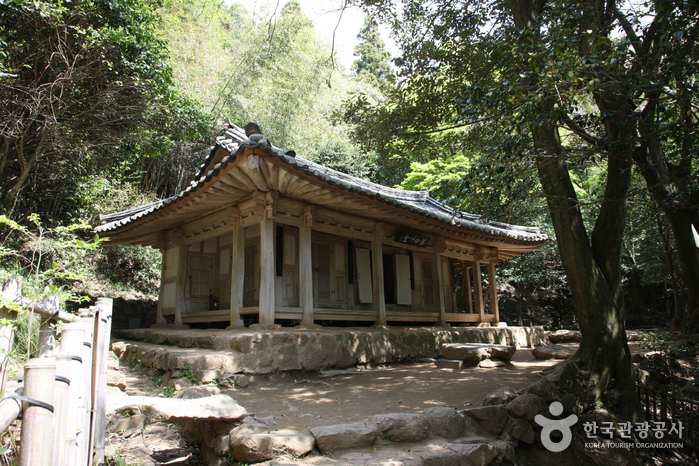
![Da hyang so ckuk [Korea Quality] / 다향소축 [한국관광 품질인증]](http://tong.visitkorea.or.kr/cms/resource/44/2575744_image2_1.jpg)
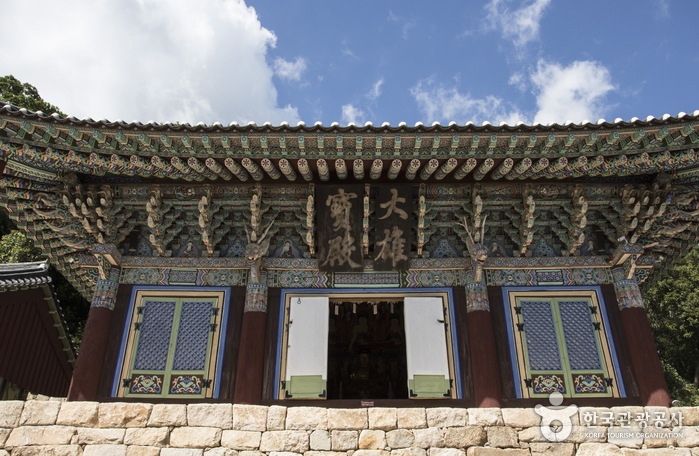
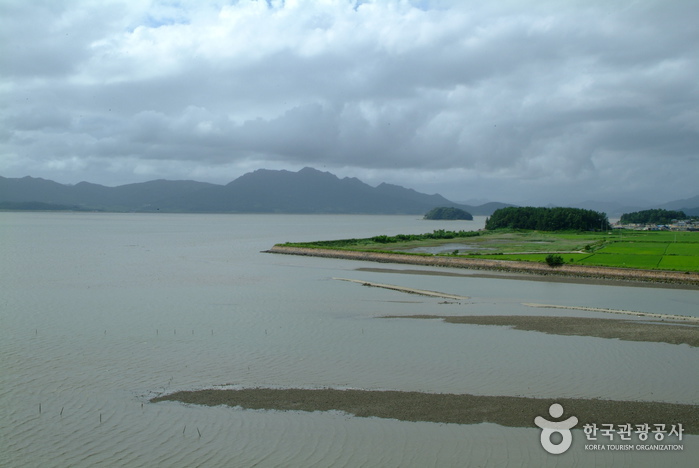
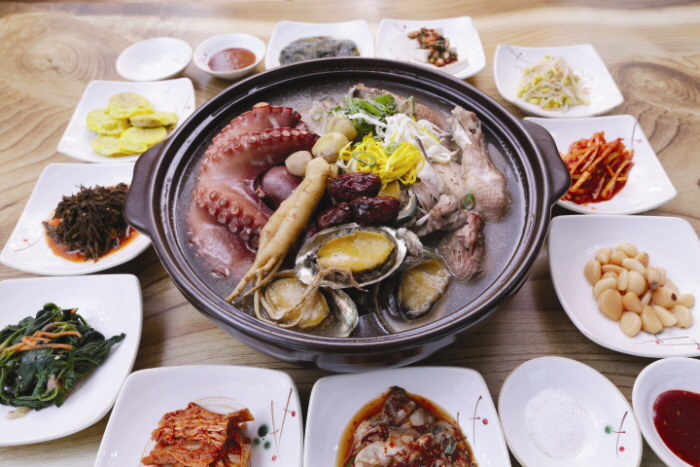
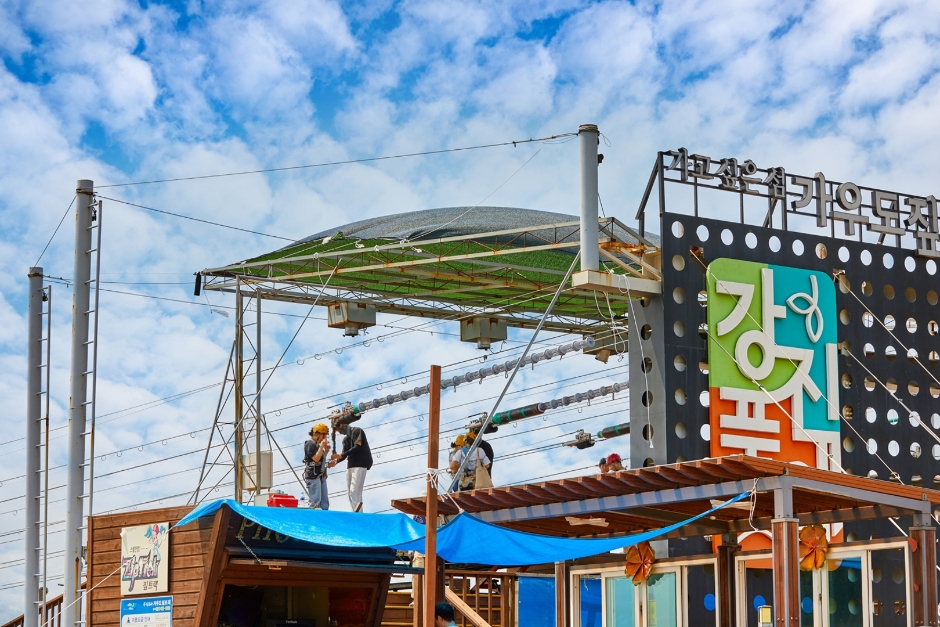

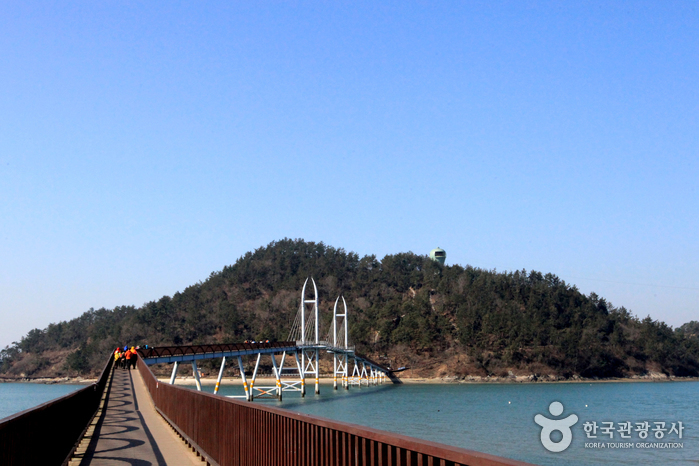

 English
English
 한국어
한국어 日本語
日本語 中文(简体)
中文(简体) Deutsch
Deutsch Français
Français Español
Español Русский
Русский